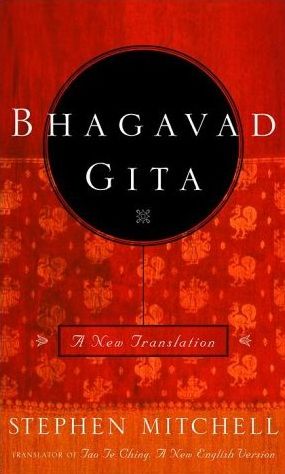What a great discussion in Gita Talk #6! Let’s stick with Chapter 6 for another week.
This time you pick the stanza you want to talk about. It can be your favorite passage. Or it can be a stanza you find troubling or difficult. You choose.
I’ll start. This my favorite passage in chapter 6:
Mature in yoga, impartial
everywhere that he looks,
he sees himself in all beings
and all beings in himself.
The man who sees me in everything
and everything within me
will not be lost to me, nor
will I ever be lost to him.
He who is rooted in oneness
realizes that I am
in every being; wherever
he goes, he remains with me.
When he sees all beings as equal
in suffering or in joy
because they are like himself,
that man has grown perfect in yoga.
(BG 6.29-32)
Here’s what Eknath Easwaran writes about Chapter 6 in his translation of the Gita:
This is surely one of the most intriguing chapters of the Gita, for here we are given a detailed explanation of meditation addressed to the layperson. The same meditation techniques are given in more esoteric writings, such as the “Yoga Sutra” of Patanjali, but the Gita does it more simply, without any unnecessary mystery or complexity.
When was the last time you heard the Gita referred to as less mysterious or complex than the Yoga Sutra? This turns the conventional viewpoint on its head–that the Gita is less read because it’s more mysterious and complex than the Sutra.
My own experience is that the Gita and the Upanishads are just as accessible as the Yoga Sutra, if not more so, once one gets used to their rich metaphorical language. Of course, all three are indispensable.
Now, please tell your favorite passage, or one you’d like to ask questions about. Or just tell us anything else that’s on your mind about the Gita. We welcome all your comments, long or short.
For next week please read Chapter 7, p. 99-105.
Please see
Welcome to Gita Talk
for all Gita Talk blogs and general information.
Jump in anytime and go at your own pace.

 Share on bsky
Share on bsky








Read 45 comments and reply